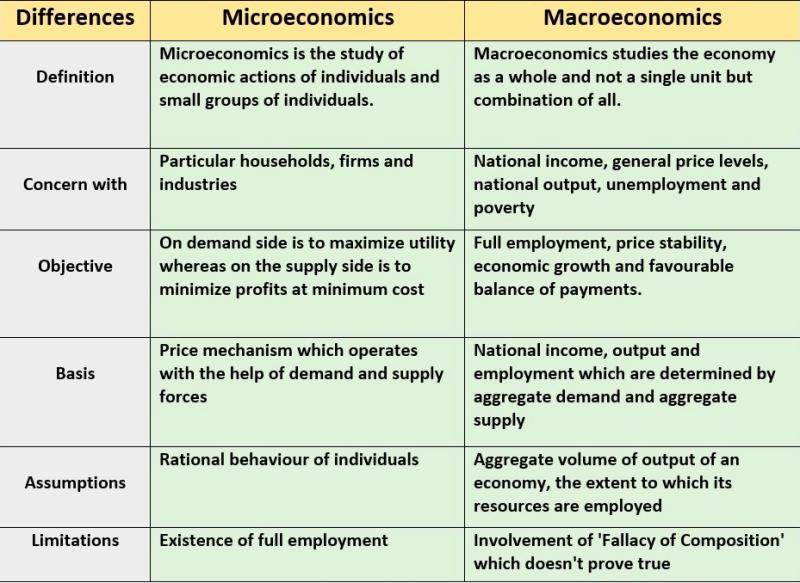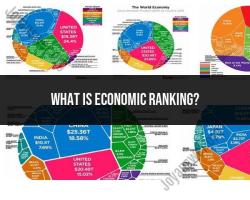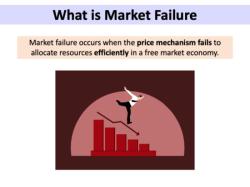What is the difference between microeconomics and macro economics?
Microeconomics and macroeconomics are two main branches of economics that focus on different levels of economic analysis. Here's a brief explanation of the key differences between microeconomics and macroeconomics:
Scope:
Microeconomics: Microeconomics deals with the behavior and decision-making of individual units in the economy, such as households, firms, and consumers. It examines how individuals allocate their resources, make choices, and interact in specific markets.
Macroeconomics: Macroeconomics looks at the overall performance and behavior of the entire economy. It considers aggregate phenomena such as national income, unemployment, inflation, and economic growth. Macroeconomics examines the economy as a whole and focuses on broad economic indicators and policies.
Units of Analysis:
Microeconomics: Individual units, such as consumers, firms, and markets, are the primary focus of microeconomics. It analyzes the interactions between buyers and sellers in specific markets and how individual decisions impact prices, quantities, and resource allocation.
Macroeconomics: The economy as a whole is the unit of analysis in macroeconomics. It examines aggregate variables like total output, total employment, overall price levels, and the general behavior of major economic sectors.
Key Topics:
Microeconomics: Topics in microeconomics include supply and demand, consumer behavior, production and costs, market structures (like perfect competition, monopoly, etc.), and the determination of prices in individual markets.
Macroeconomics: Macroeconomics addresses issues such as gross domestic product (GDP), unemployment rates, inflation, fiscal policy, monetary policy, and the overall stability and performance of the economy.
Decision-Making:
Microeconomics: Focuses on how individual units make decisions to allocate their scarce resources. It explores how consumers choose between goods, how firms decide on production levels, and how markets reach equilibrium.
Macroeconomics: Examines the overall patterns and trends in the economy, including factors that influence national income, employment, and the overall health of the economy. Macroeconomics often involves policy considerations to manage economic fluctuations.
Policy Implications:
Microeconomics: While microeconomics can inform specific policies related to market structures and individual behavior, it generally has less direct influence on broad economic policies.
Macroeconomics: Macroeconomic principles guide policy decisions related to managing inflation, unemployment, economic growth, and stabilization. Policymakers use tools like fiscal and monetary policy to address macroeconomic challenges.
In summary, microeconomics and macroeconomics offer distinct perspectives on the study of economics. Microeconomics zooms in on the choices and interactions of individual economic agents, while macroeconomics takes a broader view of the entire economy, focusing on aggregate measures and overall economic performance. Both branches are essential for a comprehensive understanding of economic systems and policies.
What distinguishes microeconomics from macroeconomics?
The two main branches of economics, microeconomics and macroeconomics, often seem confusingly similar at first glance. However, they fundamentally differ in their scope and focus:
Microeconomics:
- Focus: Individual decision-makers and markets (firms, consumers, specific industries)
- Scale: Analyzes individual behavior and interactions within specific markets
- Key Concepts: Supply and demand, price theory, market structure, competition, resource allocation, individual consumer behavior, and firm behavior
- Questions: How does the price of gasoline affect consumer choice? Why do some restaurants succeed while others fail? What determines wages in a particular industry?
Macroeconomics:
- Focus: Entire economies and aggregate variables (national income, unemployment, inflation, economic growth)
- Scale: Analyzes broad trends and relationships across entire economies
- Key Concepts: Gross domestic product (GDP), unemployment rate, inflation rate, economic growth, fiscal policy, monetary policy, government spending, international trade
- Questions: What factors influence economic growth? How does government spending affect inflation? What causes recessions?
Here's an analogy to help visualize the difference:
- Microeconomics is like looking at individual trees in a forest, examining their growth, competition, and interaction with sunlight and soil.
- Macroeconomics is like looking at the entire forest from above, analyzing the overall ecosystem, forest growth, and factors like weather and deforestation.
Additional Distinctions:
- Methodology: Microeconomics often uses mathematical models and economic theory to analyze individual behavior, while macroeconomics relies on statistics and econometrics to analyze aggregate data and relationships.
- Policy Implications: Microeconomic analysis informs policies related to specific industries, competition, and regulation, while macroeconomic analysis informs policies like fiscal and monetary policy, aimed at managing overall economic performance.
Overlap and Interdependence:
It's important to remember that microeconomics and macroeconomics are not completely separate. Individual decisions and market forces in microeconomics contribute to aggregate outcomes in macroeconomics. Conversely, macroeconomic conditions like inflation and interest rates can influence individual behavior and market outcomes in microeconomics.
Therefore, a comprehensive understanding of economics requires appreciating both the individual and aggregate perspectives offered by microeconomics and macroeconomics, respectively.
I hope this explanation clarifies the fundamental differences between microeconomics and macroeconomics! Feel free to ask if you have any further questions.













